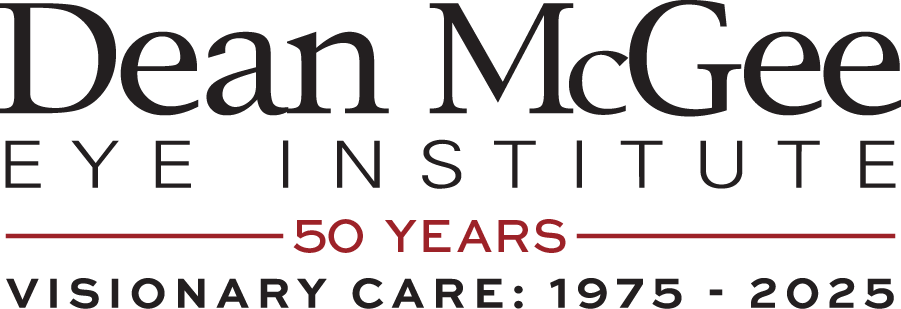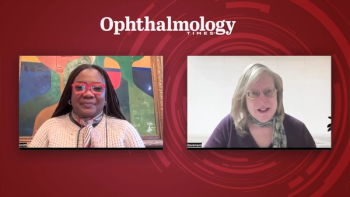
|Videos|May 4, 2022
Study compares postoperative refractive accuracy of formula-modified keratometry values versus total keratometry values obtained by a swept-source OCT biometer with new-generation multivariable IOL calculation formulas
Author(s)Jacob A. Rogers

Older generation non-LVC formulas show marked improvement upon using TK values vs K, while multivariable non-LVC formulas did not consistently improve.
Advertisement
The study, “Comparison of Keratometry vs. Total Keratometry with Multivariable Intraocular Lens Calculation Formulas in Post-Myopic Laser Vision Correction Eyes," presented by Jacob Rogers in collaboration with the Dean McGee Eye Institute, is a retrospective review of 130 eyes with previous M-LVC that were measured with SS-OCT biometer for K and TK prior to cataract surgery between 2019-2021.
"At this time, despite the potential advantages of TK measurements to incorporate posterior coral measurements, we recommend that surgeons utilize formulas customized for post-LVC eyes with traditional K values." - Jacob Rogers
Purpose of the study
- To compare postoperative refractive accuracy of formula-modified keratometry (K) values versus total keratometry (TK) values obtained by a swept-source OCT biometer (IOL Master 700) with new-generation multivariable IOL calculation formulas
- To assess whether TK values used with multivariable formulas help refractive accuracy in post M-LCV eyes, or whether using a formula dedicated for post M-LVC eyes with traditional K values yields improved refractive outcomes
Study conclusions
- IOL calculation remains challenging in post-refractive eyes, as we continue to obtain refractive outcomes within +/-0.5D in only one half of eyes
- Older generation non-LVC formulas show marked improvement upon using TK values vs K, while multivariable non-LVC formulas did not consistently improve
- At this time, despite the potential advantages of TK measurements to incorporate posterior coral measurements, we recommend that surgeons utilize formulas customized for post-LVC eyes with traditional K values
- Given the similarly positive outcomes, surgeons can utilize either K or TK values for the EVO-LVC and Barrett True K formulas
Newsletter
Don’t miss out—get Ophthalmology Times updates on the latest clinical advancements and expert interviews, straight to your inbox.
Advertisement
Latest CME
Advertisement
Advertisement













































